Collecting information about a nest
What information should you collect and record?
For every visit, while at the nest, you should note:
- Species
- Location details including a grid reference, the nest height, the exposure of the nest and habitat details
- Visit details including the status of the nest, eggs or chicks
You will need to make special consideration when recording some nest types, like those in colonies or cavities, or those of nidifugous species.
- Read more about special considerations for different nest types.
Nest Record Scheme codes
You will record habitat and visit details using special NRS ‘codes’. These describe the different habitat types, nest stages and conditions you might find at a nest. We have compiled these codes into two ‘Coding Cards’:
- The NRS Status Code sheet (for visit details, such as the stage of the nest, eggs or chicks)
- The Habitat Coding sheet (for habitat details)
There are several ways to keep these codes handy when in the field:
- Download the NRS Status Code sheet and the Habitat Coding sheet to your phone
- Download the Ringing & NRS Info app, which shows the top-level codes for habitat details and all status codes for visit details
- Take a hard copy of the Coding Card into the field with you
- Copy the codes into your nest recording notebook
If you would like to request a hard copy of the Coding Card from the NRS team, please contact us at nrs@bto.org.
Recording the species: identifying nests
We cannot use a record where identification is unknown or uncertain, so making sure to identify which species the nest belongs to is vital.
If you find a nest through a technique such as cold searching, or just come across one, it can be tricky to identify the nest without seeing the adult.
The materials of the nest, the habitat and location and the eggs or young can provide helpful clues to understanding which bird is nesting. However, the most certain way to be sure of the species a nest belongs to is to watch the adult return to the nest. This can be done with the watching back technique.
- Tip: BTO’s A Field Guide to Monitoring Nests is a useful resource when identifying nests.
Recording the surrounding habitat: location details
The type of habitat surrounding the nest may influence a variety of factors such as food availability, competition for nesting sites and predator abundance. These could all have an effect on breeding success. Collecting habitat data allows us to investigate relationships between these factors.
Understanding and recording habitat is an important part of nest recording, and we recommend recording the habitat whilst you are at the nest site, using the Habitat Codes on the Habitat Coding Sheet.
- Tip: The book A Field Guide to the Habitats of Britain and Ireland can be a useful resource for understanding which birds use which habitats.
Recording the nest contents
The nest, its contents and the adult birds behaviour can be recorded for each nest visit using ‘status codes’ from the Status Code sheet.
Counting eggs
If you find a nest with eggs in it, unless the eggs are obviously damaged, it is best to assume that they are alive and the nest should be treated as active.
Count the eggs as accurately as you can by looking in the nest and very gently touching the eggs with the tips of your fingers if needed for an accurate count.
Counting young
Count the young in the nest as accurately as possible. You should count any live young and any dead young separately.
What if the nest stays empty?
If you have visited a nest on several occasions and there has been no activity, there could be several explanations.
- Birds don’t always use the nests they build. At the nest-building stage, birds have committed fewer resources to a nesting attempt. This means they can be more likely to give up on the nest and start a new one elsewhere if they are disturbed for any reason.
- Adult birds don’t always survive. Sometimes, an adult is been predated, and the breeding attempt is abandoned by its mate.
In species where the female does all of the nest construction and incubation, if there are no nest contents after three weeks it’s probably safe to assume the nest won’t be used.
However, in some species such as Wren, the male constructs several nests and the female chooses one for the first attempt and another a month or so afterwards. In these cases, it is worth visiting these occasionally at a later date to see if a nest has been attempted.
- In the case where no eggs are laid in a nest, there is no need to fill out a nest record.
Fresh eggs in a used nest
If you revisit a previously used nest and there are fresh eggs or young, it is most likely the adult female has laid a new brood. Many species of bird have more than one nesting attempt each summer and they don’t always make a new nest.
If you have managed to keep track of a pair of nesting birds, you may well find they have a second or even third nesting attempt, sometimes in the same nest they have already used, sometimes in a brand new nest or sometimes even in someone else’s old nest!
Do monitor these new nesting attempts – but they must be submitted as a new nest record.
Recording the nest outcome
Fledged young
If you visit the nest and find it empty, it may be that the young have fledged. In this case, the nesting material will appear well-trodden and the nesting cup stretched by the growing young which leave behind some feather scales and droppings. This should be recorded as ‘Nest empty’ (NE).
If you visit and some of the young have fledged, while others are still in the nest, you should enter ‘Some young fledged’ (SY) and then enter the total number of young still in the nest.
You may also find the nest empty because older nestlings can ‘explode’ from or leave their nest in direct response to being approached by a nest recorder or predator. Survival chances may be lessened if this occurs, depending on how close they were to fledging naturally, what species they are and how far from the nest they initially move, but the nestlings will still be cared for by their parents, and as such the nest should be regarded as a success. The success code to use in this instance is ‘Young exploded from nest’ (EX).
- Please see the Code of Conduct for more information about ‘exploding’ young.
Note that nidifugous species, like waders and some waterbirds, leave the nest as soon as they are hatched. Different recording instructions apply to these nests and most will be recorded as ‘Outcome unknown’ (OU) because it is almost impossible to follow the chicks after they have left the nest.
An unsuccessful nest
Not all nests are successful. You might find cold eggs or dead young when you visit. If the nest is empty but appears disturbed, it may have been predated. Records of failed nests are just as important to us as those which succeed.
Eggs and chicks, or even the adults caring for them, can:
- be taken by predators (‘Eggs predated’, EP, or ‘Juveniles predated’, JD)
- perish during extreme weather conditions (‘Juveniles deserted/starved/dead’, JD)
- be infertile (‘eggs not hatched, infertile or addled’, EA).
If there are no signs of surviving young, the nest should be recorded as a failed attempt. Whether a nest is successful or not, it should be recorded – so make sure you record nest failure using an outcome status code from the Status Code sheet.
What should you record if you’re not sure of the nest outcome?
If you can’t work out what happened to the nest, please just enter the status code OU – meaning ‘Outcome unknown’ – in the status code field.
Special considerations for different nest types
Cavity nests
When monitoring a nest that is in a cavity, or a domed nest like that of a Long-tailed Tit, it can be difficult to inspect the contents and perhaps impossible to see into the nest at all. Endoscopes are commonly used to look into dark inaccessible places and are useful for counting the contents of nests. These can be mounted on poles for high nesting locations or for looking underneath bridges, for example.
- Where you can see at least some of the contents, you can enter partial counts of contents, such as 1+ if you think there is at least 1 egg/young or 0+ if there is a possibility of egg/young being present but you aren’t certain.
- When you cannot see into the nest at all, it is still possible to construct a useful record by monitoring the parent activity and counting any emerging young, by using status codes such as Adult feeding (AF) or Audible young in nest (AY).
Nidifugous nests
Some species such as waterbirds and waders are nidifugous species, which means they will leave the nest as soon as they hatch.
The method for recording visits is slightly different because they ‘fledge’ when they are capable of flying and this may be some time after they have left the nest. Nidifugous young leaving a nest upon hatching is not considered fledging.
- If a clutch hatches and young leave the nest successfully, the code ‘LB’ (young left nest naturally before fledging; still nearby) should be entered followed by the code Outcome Unknown ‘OU’, as it’s unknown if they fledged.
- If the young are seen to be capable of flight later on, the code ‘NN’ can be used to indicate their successful fledging away from the nest.
- Alternatively, if the fate of the young is not known or it’s not clear which chicks belonged to which nest i.e. in a colony, ‘OU’ should be entered against the last visit where the eggs or young were seen.
Please do not enter a ‘success’ outcome code such as Nest Empty ‘NE’ or Some young fledged ‘SY’ to denote that the birds left the nest after hatching.
Colony nests
Because of the potential harm it could do, we do not want observers to go into seabird colonies for nest recording purposes. If nests are to be monitored, this should be done from a distance so that adult birds and young are not stressed by your presence.
- Please contact the Nest Record Scheme team at nrs@bto.org to obtain advice on any special circumstances that would allow you to go into a seabird colony.
All the guidance instructions given on these pages apply to monitoring nests in colonies just as well as they do solitary nests.
In a gull colony, for example, you may have an excellent view of each nest, but be unable to tell apart individual broods when they begin moving around the colony. In this case, you should follow the advice given for monitoring nidifugous species.
If you were unable to closely examine the individual nests of a rookery or heronry because of their height, you could still produce useful nest records by following the advice for cavity nests.


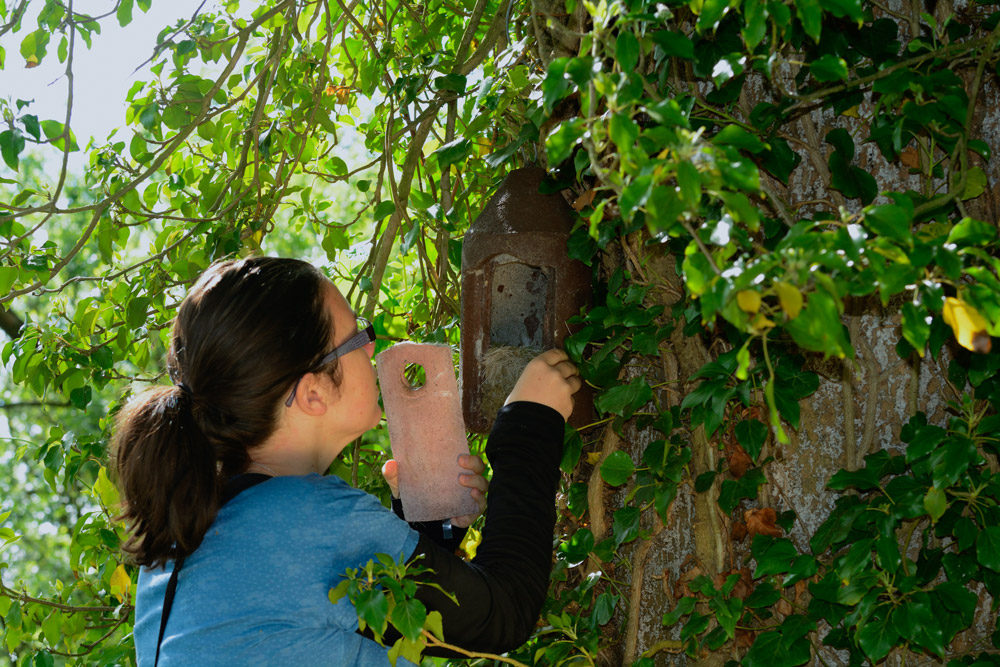
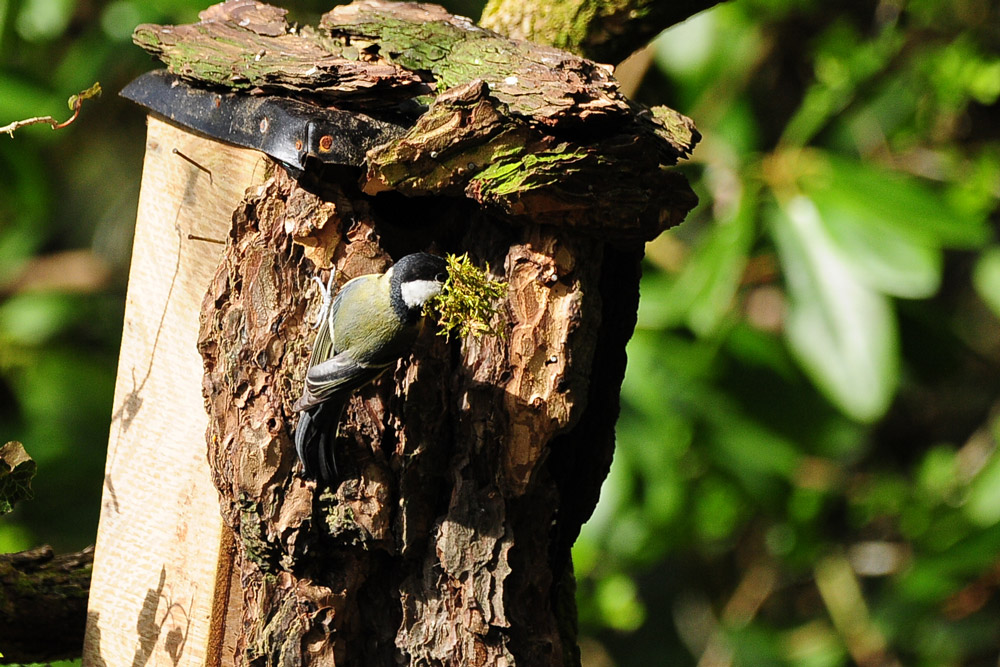
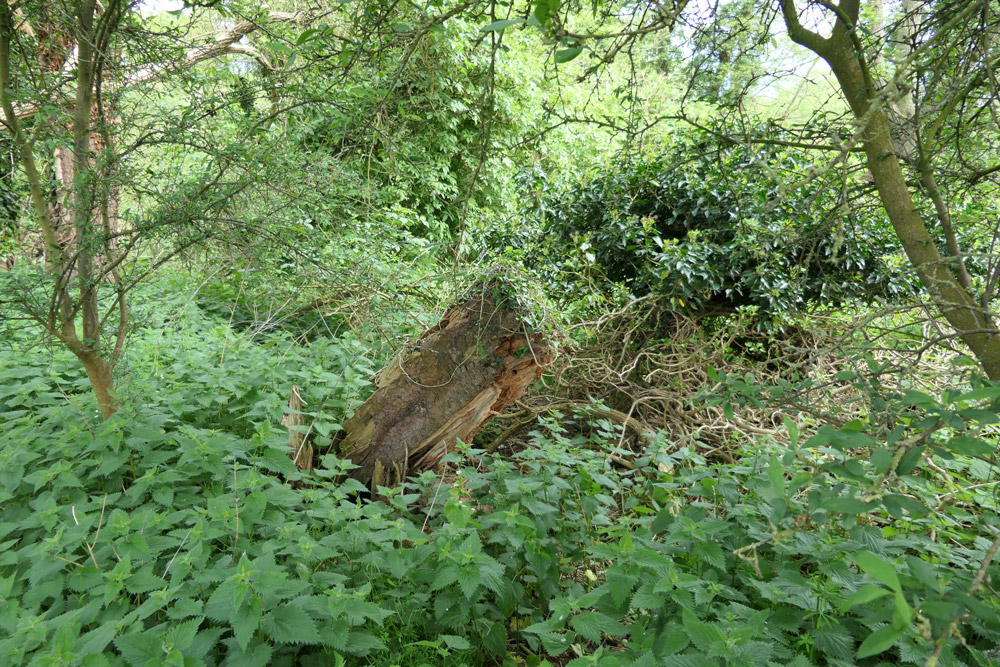
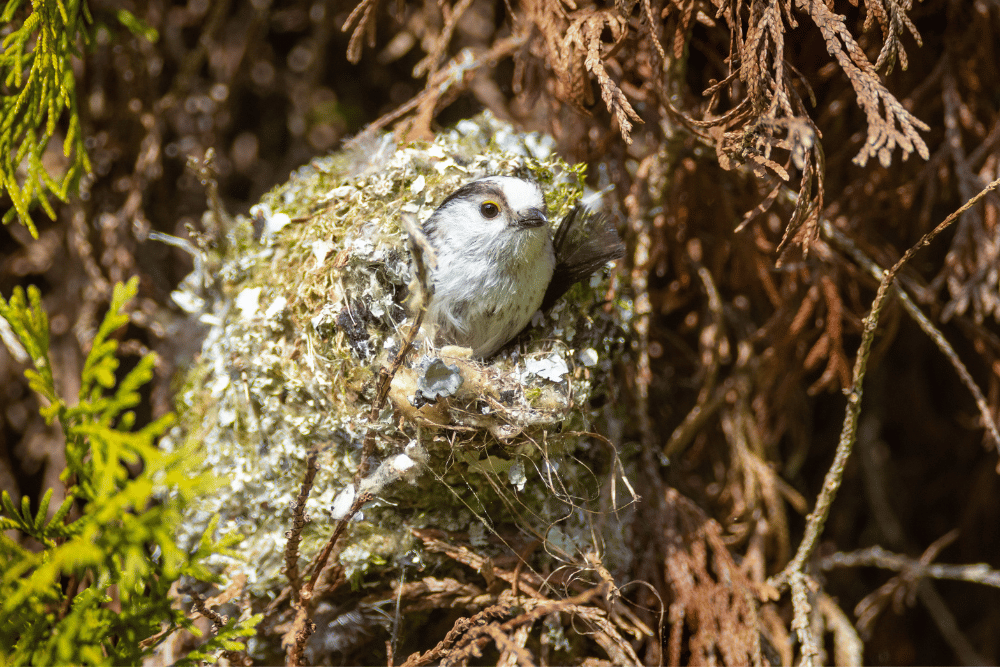
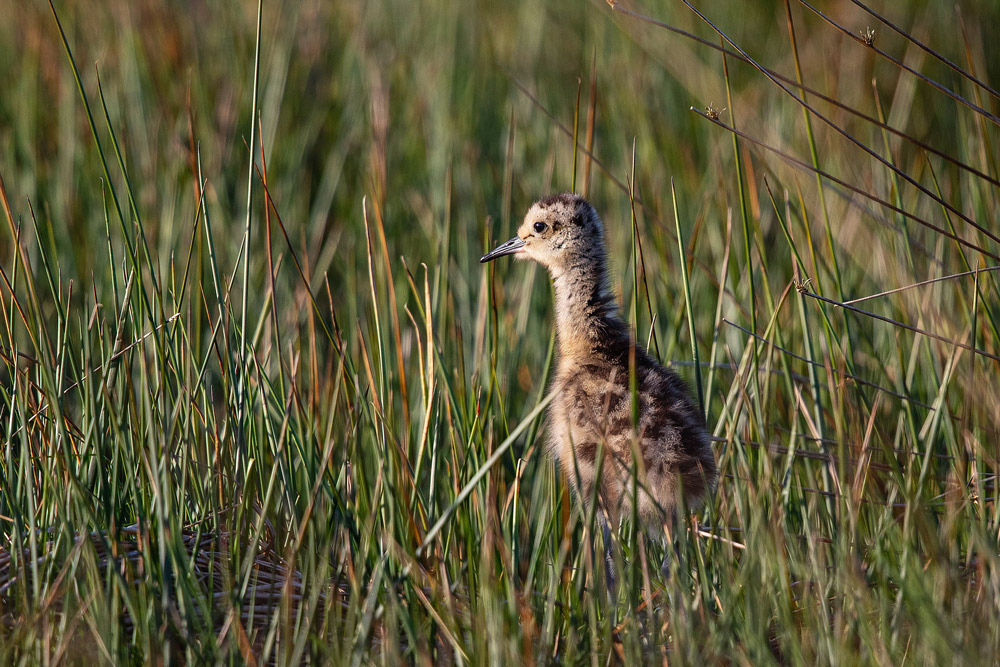
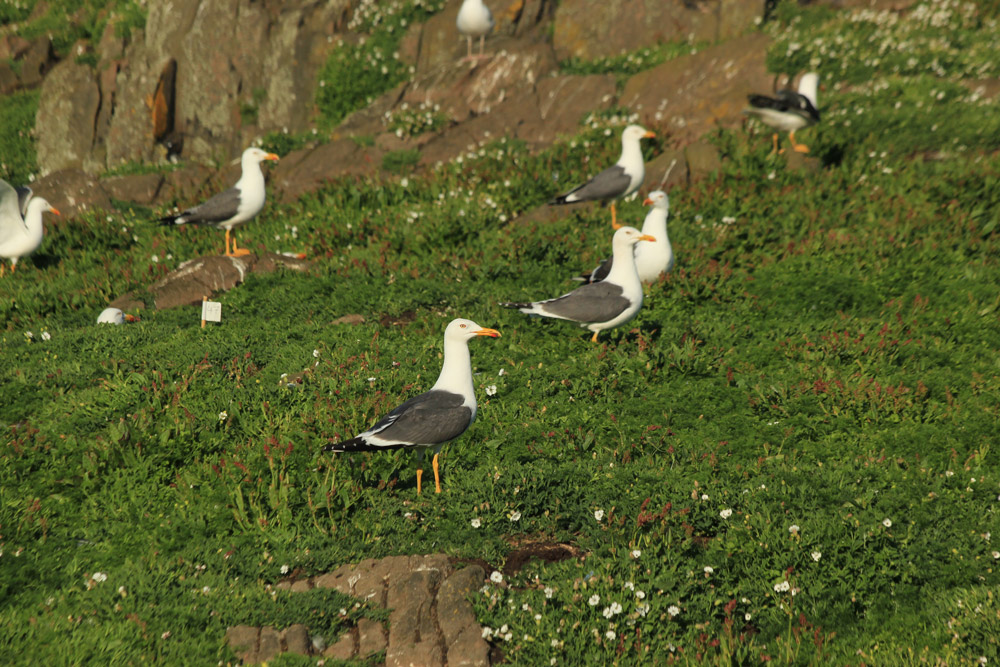




Share this page